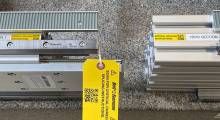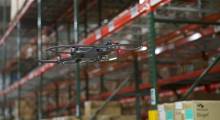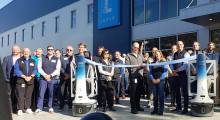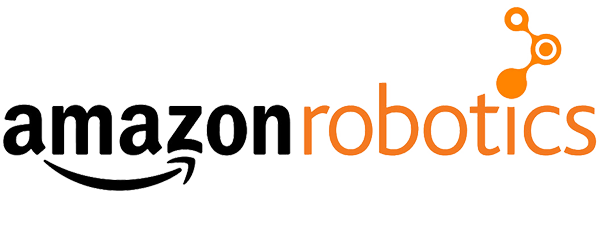Canvas Technology
According to the Canvas Technology LinkedIn site, their leadership team comes from a rich background of autonomous robotics at Google, Toyota, Qualcomm, General Atomics and Kiva Systems (now Amazon Robotics).
Founded in 2015, Canvas has already showcased some impressive technologies, including a fully autonomous cart system that positions the startup as a direct competitor with the likes of Bay Area-based Fetch.
Canvas Technology raised a $15 million Series A led by Playground Global.
Canvas is led by Jonathan McQueen, who spent six years at Qualcomm.
The Canvas Autonomous Cart was on display at Playground’s open house roughly this time last year, doing an impressive job avoiding people and obstacles in the crowded space.
The system utilizes 3D imaging and an in-house software solution that can be applied to other hardware - essentially operating like a self-driving car in a warehouse setting.
Amazon Canvas Technology Acquisition
TechCrunch reports that “The deal makes a lot of sense from the outside, adding another important piece to Amazon Robotics’ growing portfolio of fulfillment center machines.”
Amazon confirmed the acquisition with TechCrunch. An Amazon spokesperson said in a statement;
“We are inspired by Canvas Technology’s innovations, and share a common vision for a future where people work alongside robotics to further improve safety and the workplace experience,” a spokesperson said in a statement. “We look forward to working with Canvas Technology’s fantastic team to keep inventing for customers.”
Canvas should make a nice addition to Amazon Robots’ offerings. The division was created after the company’s 2012 acquisition of Kiva Systems, whose shelving robotics now serve as a kind of robotic epicenter to Amazon’s many fulfillment centers.
On a recent tour by TechCrunch of Amazon’s JFK8 in Staten Island, the company noted that it currently has some 100,000 systems deployed across 25 fulfillment centers.
That number is a combination of Amazon’s own systems, along with devices from third parties, including Japanese industrial giant, Fanuc. Clearly, however, the company is looking to put its own stamp on the systems going forward in a push to increase delivery efficiency through automation reported TechCrunch.
Read/Visit: These Are The Robots That Help You Get Your Amazon Packages On Time (up close with the robots that run Amazon's fulfillment centers)
Reuters reported that Amazon has not commented on the deal’s price tag but said the companies “share a common vision for a future where people work alongside robotics to further improve safety and the workplace experience.”
Envisioning & Planning the Future Warehouse of 2030
The warehouse of the future will be shaped by trends in society, technology, and consumer behavior, this article, along with the Future Perspectives paper, Planning for the Warehouse of the Future, shows you what it could look like.
Remember what your warehouse was like 12 years ago when e-commerce was still in its infancy and most of us were unfamiliar with the term omnichannel?
It isn’t easy. With the constant influx of information in today’s digital world, it can be hard to remember what we had for lunch yesterday; let alone what was happening in warehouses 12 years ago.
Needless to say, a lot has changed since then. Read more >>
Planning For the Warehouse of the Future
Conceptual view of distribution in the future, showing a large warehouse outside a city supporting multiple urban distribution centers with a variety of transportation options from the central warehouse to the urban DC and from the urban DCs to consumers.
Download the Paper: Planning for the Warehouse of the Future
Article topics
Email Sign Up


















